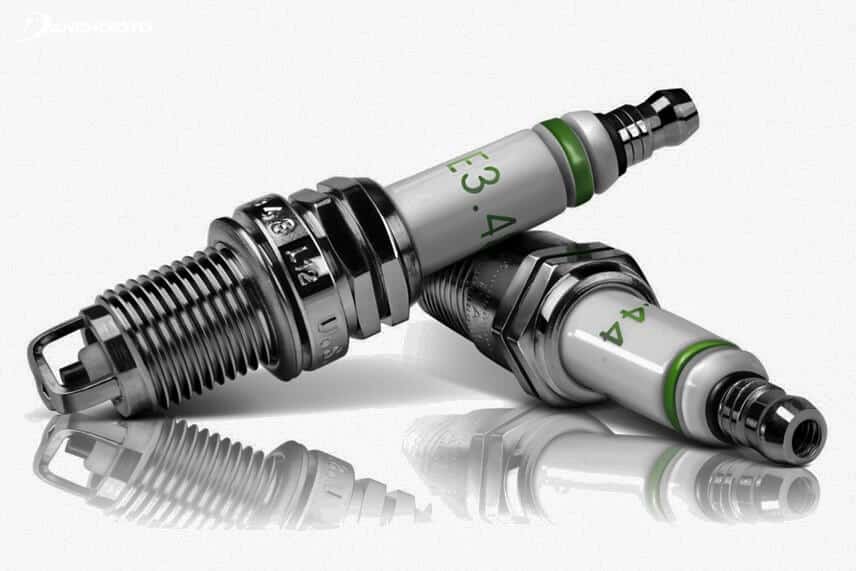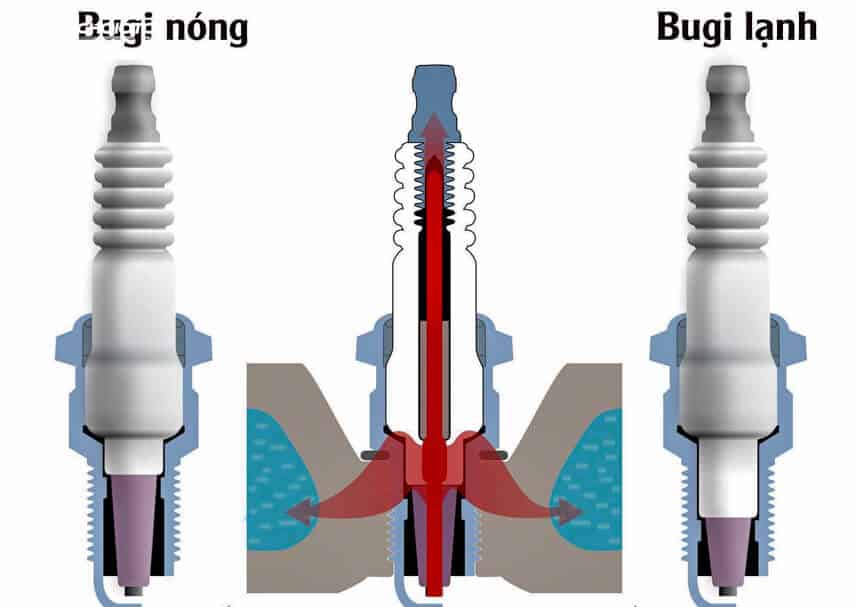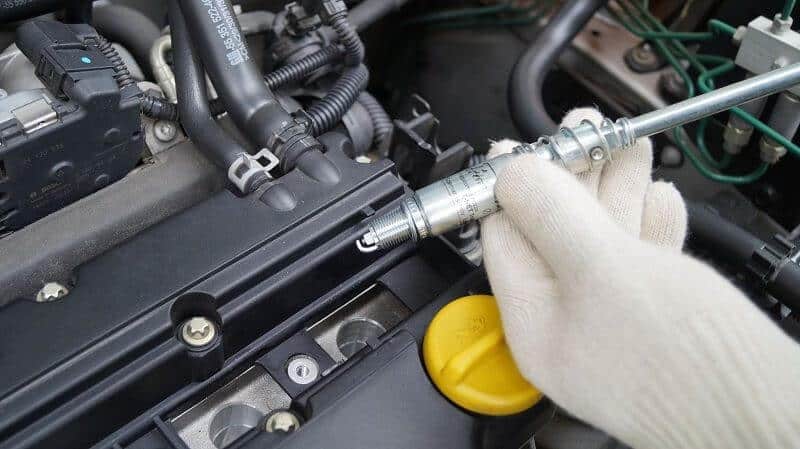Spark plugs are an integral part of the engine, helping the petrol engine work properly. Knowing the spark plug types, how to check and maintain the spark plugs will help car owners to know the engine's operating status. At the same time find good handling problems that occur.
Spark plugs are the final part of a car's ignition system. It is considered the part that gives life to car engines. Spark plugs are created to meet the requirements such as: high mechanical strength, good heat resistance, strong spark, high pressure resistance. Because it has to work at a high temperature of 2.500 degrees Celsius and a compression pressure of about 50kg/cm2 due to the combustion of gasoline and air.

Classification of car spark plugs
Car spark plugs are usually divided into 2 types:

After a period of use, your car will need to check, maintenance of car parts and engines. In that spark plug is an indispensable part. It is easy to see that the spark plug is dirty on both electrodes when it is removed. Please clean and adjust it to the original state offline.
With red brick, it shows that spark plug is still working well. Spark plugs have white coal dust attached to the engine, which is having some problems with the air. As for the case of black spark plugs, it is possible that the spark plugs are lacking in wind and fuel.
See more: Signs That Spark Plugs Are In A Problem
Periodic inspection and maintenance of spark plugs is what drivers should do and replace when necessary. Because this helps identify the operating status of the engine how to timely adjust, helping the engine achieve the best working efficiency.

Please disassemble and install spark plugs properly during maintenance to ensure long service life for machines and engines:
With that information Thanh Phong Auto The above provided hope to help car owners with more knowledge to help drivers love the best performance. If you have any questions, please contact for further advice.
See More Great Articles At Sharing translation experiences Of Thanh Phong:
Causes A Damage to A Broken Hydraulic Tissue
Oto Engine Troubleshooting Based on Phenomenon, Operating Status
Cars Care Service Price Sheet At Thanh Phong Auto HCMC VietNam:
* The cars that we have mechanics: Mercedes, BMW, Audi, Lexus, Toyota, Honda, Mazda, Mitsubishi, Kia, Daewoo, Hyundai,Ford, Nissan, Volkswagen, Porsche, Chevrolet, Rand Rover, Innova, Fortuner, Vios, Fiat, Bugatti, Ferrari, Bentley, Hummer , Chrysler, Dodge, Renault, Cadillac, Volvo, Subaru, Daihatsu, Ssangyong, Roll-Royce, Peugeot, Smart Fortwo, Tobe M'car, Luxgen, Zotye, Haima, Geely, Baic, Hongqi, Cmc, Mini Cooper, Buick, Opel, Acura, Aston Martin, Vinfast, TQ Wuling.
To keep your vehicle running properly at all times, we offer a number of services that are carried out by our certified, expert auto service and repair technicians who have years of experience performing everything from oil changes to a complete engine overhaul.
LEAVE COMMENT